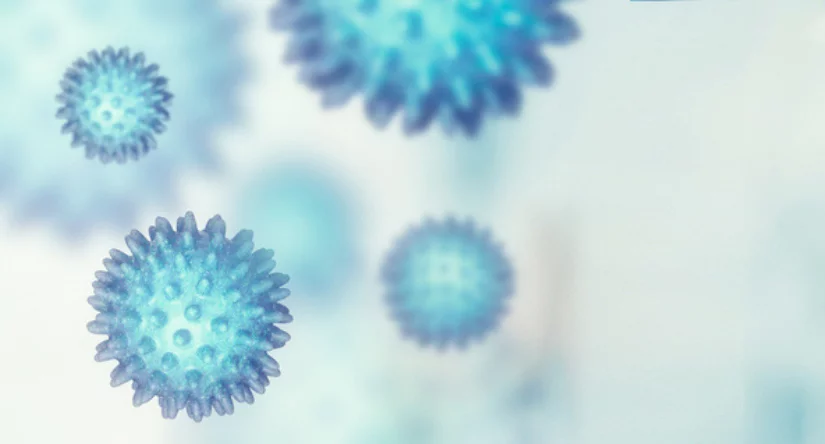
Chinese Vaccine Provides Inferior Immune Protection
the Chinese inactivated virus vaccines
provide minimal protection against the novel coronavirus.This study
shows why countries that relied on the Chinese vaccines are struggling so desperately.This study out of Hong Kong
compared the vaccine immunogenicity in healthcare workers for the Sinovac vs. Pfizer-BioNTech vaccines.They collected blood samples prior to vaccination,
before the second dose, and at 21-35 days after the second dose.
They tested
for antibodies to SARS-CoV-2 using an ELISA to detect antibodies that bind to the receptor-binding domain of the spike protein.They also tested
specifically for neutralizing antibodies with a surrogate virus neutralization assay and then a plaque reduction neutralization test with live SARS-CoV-2.The study team
enrolled 1442 HCWs from public and private hospitals.In HCWs who received the BNT162b2 vaccine, antibody concentrations
measured by ELISA and sVNT rose substantially after the first dose and then rose again after the second dose of vaccination.
In a subset of 12 participants for whom we also had PRNT results, after the second dose,
the geometric mean PRNT50 titer was 269 and the geometric mean PRNT90 titer was 113.
In contrast,
the healthcare workers who received the inactivated vaccinehad low antibody concentrations by ELISA and sVNT after the first dose, rising to moderate concentrations after the second dose.
In a subset of 12 participants, after the second dose,
the geometric mean PRNT50 titer
was 27 and the geometric mean PRNT90 titer was 8·4.In summary,
the immune response (aka: immunogenicity) of the Sinovac vaccine is a fraction of what the Pfizer-BioNTech produces.
https://trialsitenews.com/chinese-vaccine-provides-inferior-immune-protection/